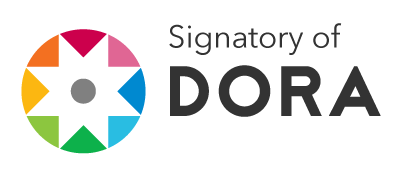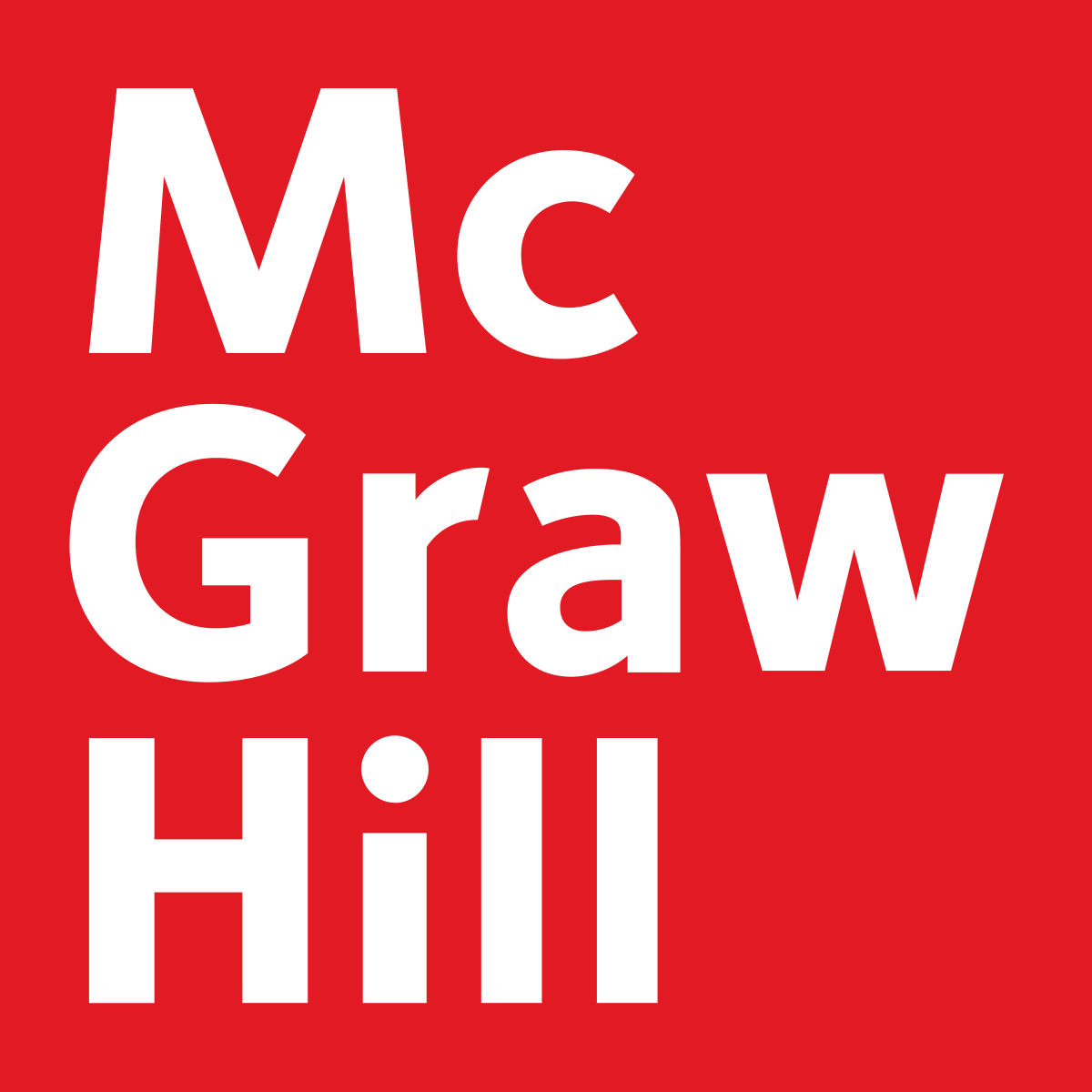Artificial Intelligence for the creation of journalistic content
A benchmarking of the main tools
DOI:
https://doi.org/10.62701/revsocial.v12.5179Keywords:
Artificial intelligence, Journalism, Computer-assisted journalism, text generation, BenchmarkingAbstract
In media newsrooms, the integration of artificial intelligence is transforming journalism, affecting
both professional routines and journalistic products.
The acceleration that the development of this technology has undergone, especially since the end of
2022, makes it necessary to review these tools to analyze their uses, their possible applications in
the journalistic field, together with their risks.
In this framework, this paper aims to detect which are the main AI tools for text creation and to
investigate if and how they can be adapted to journalistic routines.
Comparatively evaluating 18 tools, the results highlight that most of the available tools are designed
by and for marketing thus they lack journalistic quality. As for those that could be used in
newsrooms, still require human monitoring to guarantee optimal results.
Downloads
Global Statistics ℹ️
|
1592
Views
|
477
Downloads
|
|
2069
Total
|
|
References
Ali, W. y Hassoun, M. (2019). Artificial intelligence and automated journalism: Contemporary challenges and new opportunities. International Journal of Media, Journalism and Mass Communications, 5(1), 40-49. https://doi.org/10.20431/2454-9479.0501004 DOI: https://doi.org/10.20431/2454-9479.0501004
Camp, R. C. (1989). Benchmarking: The Search for Industry Best Practices that Lead to Superior Performance. Milwaukee, Wisconsin: ASQC Quality Press.
Canavilhas, J. (2022). Artificial intelligence and journalism: Current situation and expectations in the Portuguese sports media. Journalism and Media, 3(3), 510-520. https://doi.org/10.3390/journalmedia3030035 DOI: https://doi.org/10.3390/journalmedia3030035
Castells, M. (2001). La galaxia Internet. Plaza y Janés.
Caswell, D. y Dörr, K. (2018). Automated journalism 2.0: Event-driven narratives: From simple descriptions to real stories. Journalism Practice, 12(4), 477-496. DOI: https://doi.org/10.1080/17512786.2017.1320773
Cervi, L. (2019). Citizen Journalism and User Generated Content In Mainstream Media. New Dialogic Form Of Communication, User-Engagement Technique Or Free Labor Exploitation? Revista de Comunicaçao Dialógica, 1, 120-141. DOI: https://doi.org/10.12957/rcd.2019.41871
Contentbot. (2024). Contentbot. Recuperado 6 de junio de 2024, de https://contentbot.ai/
Cohen, S., Hamilton, J. T. y Turner, F. (2011). Computational journalism. Communications of the ACM, 54(10), 66-71. https://doi.org/10.1145/2001269.2001288 DOI: https://doi.org/10.1145/2001269.2001288
Danzon-Chambaud, S. (2021). A systematic review of automated journalism scholarship: Guidelines and suggestions for future research. Open Research Europe, 1(4). https://doi.org/10.12688/openreseurope.13096.1 DOI: https://doi.org/10.12688/openreseurope.13096.1
De-Lara, A., García-Avilés, J.-A. y Arias-Robles, F. (2022). Implantación de la inteligencia artificial en los medios españoles: Análisis de las percepciones de los profesionales. Textual y Visual Media, 1(15), 1-17. https://doi.org/10.56418/txt.15.2022.001 DOI: https://doi.org/10.56418/txt.15.2022.001
De-Lima-Santos, M.-F. y Cerón, W. (2022). Artificial intelligence in news media: Current perceptions and future outlook. Journalism and Media, 3(1), 13-26. https://doi.org/10.3390/journalmedia3010002 DOI: https://doi.org/10.3390/journalmedia3010002
García-Orosa, B., Canavilhas, J. y Vázquez-Herrero, J. (2023). Algorithms and communication: A systematized literature review. Comunicar, 31(74), 9-21. https://doi.org/10.3916/C74-2023-01 DOI: https://doi.org/10.3916/C74-2023-01
Gutiérrez-Caneda, B., Vázquez-Herrero, J. y López-García, X. (2023). AI application in journalism: ChatGPT and the uses and risks of an emergent technology. Profesional de la Información, 32(5), e320514. https://doi.org/10.3145/epi.2023.sep.14 DOI: https://doi.org/10.3145/epi.2023.sep.14
Israel, M.-J. y Amer, A. (2022). Rethinking data infrastructure and its ethical implications in the face of automated digital content generation. AI and Ethics, 3, 427-439. https://doi.org/10.1007/s43681-022-00169-1 DOI: https://doi.org/10.1007/s43681-022-00169-1
Krausová, A., y Moravec, V. (2022). Disappearing authorship: Ethical protection of ai-generated news from the perspective of copyright and other laws. Journal of Intellectual Property, Information Technology and E-Commerce Law, 13(2). https://www.jipitec.eu/issues/jipitec-13-2-2022/5540
Kocoń, J., Cichecki, I., Kaszyca, O., Kochanek, M., Szydło, D., Baran, J. y Kazienko, P. (2023). ChatGPT: Jack of all trades, master of none. Information Fusion, 99, 101861. https://doi.org/10.1016/j.inffus.2023.101861 DOI: https://doi.org/10.1016/j.inffus.2023.101861
Kumar, V., Lemon, K. N., & Parasuraman, A. (2006). Managing Customers for Value: An Overview and Research Agenda. Journal of Service Research, 9(2), 87-94. https://doi.org/10.1177/1094670506293558 DOI: https://doi.org/10.1177/1094670506293558
Larsson, S. y Heintz, F. (2020). Transparency in artificial intelligence. Internet Policy Review, 9(2). https://doi.org/10.14763/2020.2.1469 DOI: https://doi.org/10.14763/2020.2.1469
Lindén, C. G. (2017). Algorithms for journalism: The future of news work. The Journal of Media Innovations, 4(1), 60-76. https://doi.org/10.5617/jmi.v4i1.2420 DOI: https://doi.org/10.5617/jmi.v4i1.2420
Lin, B. y Lewis, S. C. (2022). The one thing journalistic AI just might do for democracy. Digital Journalism, 10(10), 1627-1649. https://doi.org/10.1080/21670811.2022.2084131 DOI: https://doi.org/10.1080/21670811.2022.2084131
López-García, X. y Vizoso, Á. (2021). Periodismo de alta tecnología: Signo de los tiempos digitales del tercer milenio. Profesional de la Información, 30(3), e300301. https://doi.org/10.3145/epi.2021.may.01 DOI: https://doi.org/10.3145/epi.2021.may.01
Micó, J. L., & Casero-Ripollés, A. (2014). Political activism online: organization and media relations in the case of 15M in Spain. Information, communication & society, 17(7), 858-871. https://doi.org/10.1080/1369118X.2013.830634 DOI: https://doi.org/10.1080/1369118X.2013.830634
Moran, R. E. y Shaikh, S.-J. (2022). Robots in the news and newsrooms: Unpacking meta-journalistic discourse on the use of artificial intelligence in journalism. Digital Journalism, 10(10), 1756-1774. https://doi.org/10.1080/21670811.2022.2085129 DOI: https://doi.org/10.1080/21670811.2022.2085129
Page, M. J., Moher, D., Bossuyt, P. M., Boutron, I., Hoffmann, T. C., Mulrow, C. D., Shamseer, L., Tetzlaff, J. M., Akl, E. A., Brennan, S. E., Chou, R. y Glanville, J. (2021). PRISMA 2020 explanation and elaboration: Updated guidance and exemplars for reporting systematic reviews. BMJ, 372, 160. https://doi.org/10.1136/bmj.n160 DOI: https://doi.org/10.1136/bmj.n160
Peña-Fernández, S., Meso-Ayerdi, K. y Larrondo-Ureta, A. (2023). Without journalists, there is no journalism: The social dimension of generative artificial intelligence in the media. Profesional de la Información, 32(2), e320227. https://doi.org/10.3145/epi.2023.mar.27 DOI: https://doi.org/10.3145/epi.2023.mar.27
Prasad, R. y Choudhary, P. (2021). State-of-art of artificial intelligence. Journal of Mobile Multimedia, 17(1-3), 427-454. https://doi.org/10.13052/jmm1550-4646.171322 DOI: https://doi.org/10.13052/jmm1550-4646.171322
Porlezza, C. y Ferri, G. (2022). The Missing Piece: Ethics and the Ontological Boundaries of Automated Journalism. In R. Alves A. Schmitz (Eds.). ISOJ The Journal of the International Symposium on Online Journalism. (pp.71-91). https://isoj.org/wp-content/uploads/2022/03/ISOJ-2022.pdf#page=71
Salazar-García, I.-A. (2018). Los robots y la inteligencia artificial. Nuevos retos del periodismo. Doxa Comunicación, 27, 295-315. https://doi.org/10.31921/doxacom.n27a15 DOI: https://doi.org/10.31921/doxacom.n27a15
Tejedor-Calvo, S., Cervi, L., Pulido, C. M. y Pérez-Tornero, J. M. (2021). Análisis de la integración de sistemas inteligentes de alertas y automatización de contenidos en cuatro cibermedios. Estudios sobre el Mensaje Periodístico, 27(3), 973-983. DOI: https://doi.org/10.5209/esmp.77003
Tejedor, S., Cervi, L. y Sancho, B. (2023). Capítulo 2. Verificar para poder innovar: estudios de casos desde la hibridación y la transversalidad entre medios. Espejo de Monografías de Comunicación Social, (21), 35-51. https://doi.org/10.52495/c2.emcs.21.p107 DOI: https://doi.org/10.52495/c2.emcs.21.p107
Tejedor Calvo, S. (2023). La Inteligencia Artificial en el periodismo: mapping de conceptos, casos y recomendaciones. Editorial UOC.
Thurman, N., Lewis, S. C., & Kunert, J. (2019). Algorithms, Automation, and News. Digital Journalism, 7(8), 980-992. https://doi.org/10.1080/21670811.2019.1685395 DOI: https://doi.org/10.1080/21670811.2019.1685395
Túñez-López, M., Fieiras-Ceide, C. y Vaz-Álvarez, M. (2021). Impacto de la inteligencia artificial en el periodismo: Transformaciones en la empresa, los productos, los contenidos y el perfil profesional. Communication y Society, 34(1), 177-193. https://doi.org/10.15581/003.34.1.177-193 DOI: https://doi.org/10.15581/003.34.1.177-193
Túñez-López, M., Toural-Bran, C. y Valdiviezo-Abad, C. (2019). Automation, bots and algorithms in newsmaking. Impact and quality of artificial journalism. Revista Latina de Comunicación Social, 74, 1411-1433. https://doi.org/10.4185/RLCS-2019-1391 DOI: https://doi.org/10.4185/RLCS-2019-1391
Ufarte-Ruiz, M.-J., Calvo-Rubio, L.-M. y Murcia-Verdú, F.-J. (2021). Los desafíos éticos del periodismo en la era de la inteligencia artificial. Estudios sobre el Mensaje Periodístico, 27(2), 673-684. https://doi.org/10.5209/esmp.69708 DOI: https://doi.org/10.5209/esmp.69708
Vállez, M. y Codina, L. (2018). Periodismo computacional: Evolución, casos y herramientas. Profesional de la Información, 27(4), 759-768. https://doi.org/10.3145/epi.2018.jul.05 DOI: https://doi.org/10.3145/epi.2018.jul.05
Weber, M. S. y Napoli, P. M. (2020). Journalism history, web archives, and new methods for understanding the evolution of digital journalism. En Journalism History and Digital Archives (pp. 74-93). Routledge. DOI: https://doi.org/10.4324/9781003098843-6
Wu, T., He, S., Liu, J., Sun, S., Liu, K., Han, Q. L. y Tang, Y. (2023). A brief overview of ChatGPT: The history, status quo and potential future development. IEEE/CAA Journal of Automatica Sinica, 10(5), 1122-1136. DOI: https://doi.org/10.1109/JAS.2023.123618
Zelizer, B. (2019). Why journalism is about more than digital technology. Digital Journalism, 7(3), 343-350. https://doi.org/10.1080/21670811.2019.1571932 DOI: https://doi.org/10.1080/21670811.2019.1571932
Downloads
Published
How to Cite
Issue
Section
License
Copyright (c) 2024 SOCIAL REVIEW. International Social Sciences Review / Revista Internacional de Ciencias Sociales

This work is licensed under a Creative Commons Attribution-NoDerivatives 4.0 International License.
Those authors who publish in this journal accept the following terms:
-
Authors retain copyright.
-
Authors transfer to the journal the right of first publication. The journal also owns the publishing rights.
-
All published contents are governed by an Attribution-NoDerivatives 4.0 International License.
Access the informative version and legal text of the license. By virtue of this, third parties are allowed to use what is published as long as they mention the authorship of the work and the first publication in this journal. If you transform the material, you may not distribute the modified work. -
Authors may make other independent and additional contractual arrangements for non-exclusive distribution of the version of the article published in this journal (e.g., inclusion in an institutional repository or publication in a book) as long as they clearly indicate that the work was first published in this journal.
- Authors are allowed and recommended to publish their work on the Internet (for example on institutional and personal websites), following the publication of, and referencing the journal, as this could lead to constructive exchanges and a more extensive and quick circulation of published works (see The Effect of Open Access).













